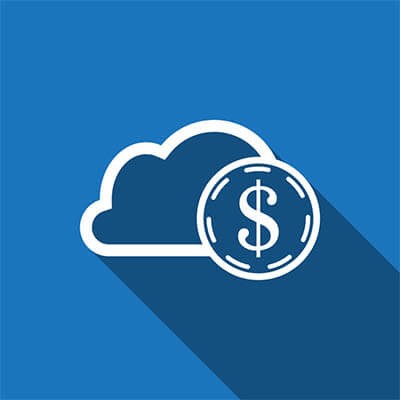In good times and bad, profitability is the priority for most businesses out there. Having said that, this priority is typically a challenging one to achieve, but did you know that there are a few different ways that investing in a relationship with a managed service provider can help increase your productivity—and as a result, your overall profitability?
Apex Technology Blog
For many years now, there’s been a bit of a fear of AI—artificial intelligence—in the workplace, all while it has been put into practical use more and more often in many businesses. This all ties back to the work of Alan Turing, who (amongst his accomplishments in computing) created what we know as the Turing Test as a means of gauging how intelligent a computer is.
We get it—nobody likes to think about the prospect of being impacted by a cybersecurity incident, but it’s like any other unpleasant event in that it is best to prepare for it. In fact, today’s businesses can invest in a cyber insurance policy to help prepare for such an eventuality.
Let’s go over some of the ins and outs of cyber insurance so that you are prepared to make the best choice of provider for your business.
Let me ask you a question: how much did you pay Google for your Business Profile? Unfortunately, if the answer was anything other than “nothing,” you’ve been scammed. Google has actually announced that they are taking legal action against scammers who impersonated the company in order to defraud small businesses.
Somehow, it’s December. Can you believe it?
2023 is practically upon us, and hopefully by now you’ve started to put some thought into how your business will maneuver through the next 12 months. It’s important to establish an IT plan and budget, so that your technology can actually be a value center as opposed to an expense.
No matter how big your business is, you’ll always have technology expenses. It’s just a fact of the current workplace, and your profits will be inexorably tied to how well your IT works for you. Furthermore, the more IT costs rise, the more impact small and medium-sized businesses will feel from them. Today, we wanted to address this issue and how you can minimize the frustrations that stem from seemingly uncontrollable technology costs.
Look, we get it: remote work has become a bit of a topic of contention lately. While employees have been relishing the benefits that remote work offers them, many employers have been doing everything they can to bring their workforce back into the workplace.
Now, it wouldn’t be unfair for you to assume that we would push remote work as a managed service provider because we just so happen to assist businesses in managing it as a part of our services. This is true enough…but we aren’t the only ones with an opinion on the topic.
With businesses actively searching for ways to cut costs in the shadow of the COVID-19 pandemic, one place a lot of businesses are considering cutting is their printing initiatives. Today, there are several new solutions that can provide businesses options without having to rely on printed materials. If your business is one that cannot, however, you should know just how much your printer is costing your business. In today’s blog, we’ll review how you can calculate this investment.
A lot of companies are making large technology investments, in fact, if you are here now, you are probably thinking about making such an investment for your own business. One problem that growing companies have is identifying and investing in the right technology. Today, we thought we would give you a couple of tips on how to go about making technology investment decisions that will be the most advantageous for your business.
While protecting the credit card data you collect from your customers and clients is obviously important, you likely also have a line of credit for your business’ use that you need to think about as well. Let’s turn our focus to that card for a moment and discuss some tips and best practices to keep this company resource safe.
The cloud has proven to be an extremely useful tool for the modern business. Not only does it provide anywhere-anytime access to applications, processing, storage, et al; it also delivers those products as a service, allowing you to budget for recurring costs rather than major upfront ones. This provides your organization with functional, supported, and secure computing environments that eliminate a lot of the support costs that traditional computing environments require. It sounds like a perfect scenario for small and large businesses alike, but things aren’t always what they seem, as a lot of cloud users have found that they have incurred several hidden costs by using cloud platforms. Today, we take a look at these hidden costs.




















